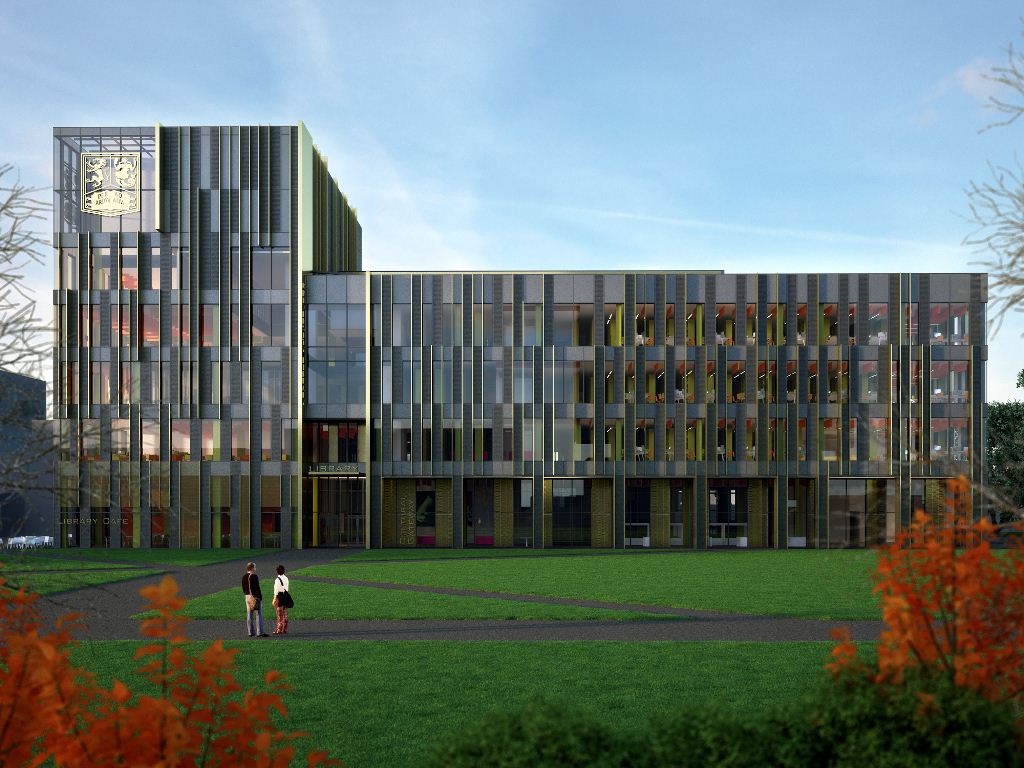

The ASW included a visit to the magnificent Library of Birmingham. It was truly a stunning space, but offered many stark lessons to be learnt about building new libraries, particularly functionality vs. design and the importance of consulting users and librarians throughout the process.
Two presentations the following day offered a welcome positive perspective on new libraries. The first by David Pulford and Diane Job (University of Birmingham) was an informative update on the new main library going up there. The new library, situated next to the old, will bring together various stores and collections currently scattered around campus. The old library building will be demolished and replaced with a green space. It was apparent that great care had been taken with details and functionality: a ‘research annexe’ will be below ground with semi-restricted access housing lower demand items; they plan to open 24/7 and have factored that into the planning, e.g. are there any collections/spaces that would not be safe for unrestricted access? Energy efficiency and sustainability are key priorities as is technology: they will have massive Wifi capacity (they calculate on 6 devices per person) and plug points at every desk. Even acoustics have been carefully considered: they are planning a lively exhibition space open to the public in the front but don’t want the noise filtering through to the rest of the library and so various solutions such as acoustic baffling have been found.

With thanks to Diane Jobs and Stephen Ashton, University of Birmingham.
In terms of the music library, their current space is too small, not accessible and technologically outdated, so they will be happily moving into the new building! We were told music was a central consideration of planning the layout of the new library (isn’t that nice!) mainly because they wanted the collection as close as possible to the A/V room which was in a fixed location. The whole talk was hugely encouraging. It demonstrated that this new library business can be sensible and that with detailed planning and consultation, needs can be addressed, problems solved and learning facilitated!
![By JanetMackinnon (Own work) [CC BY-SA 3.0 (http://creativecommons.org/licenses/by-sa/3.0)], via Wikimedia Commons](https://iaml-uk-irl.org/media/hive.jpg?w=300)
[CC BY-SA 3.0 (http://creativecommons.org/licenses/by-sa/3.0)], via Wikimedia Commons
I found this presentation very inspiring and feel that this type of collaboration is the future for libraries – so it was brilliant to see it being done so successfully!
Megan Dyson – Leeds College of Music
@MeganDyson3
[…] Blog 2 on the ‘New Libraries – what can we learn?’ sessions […]